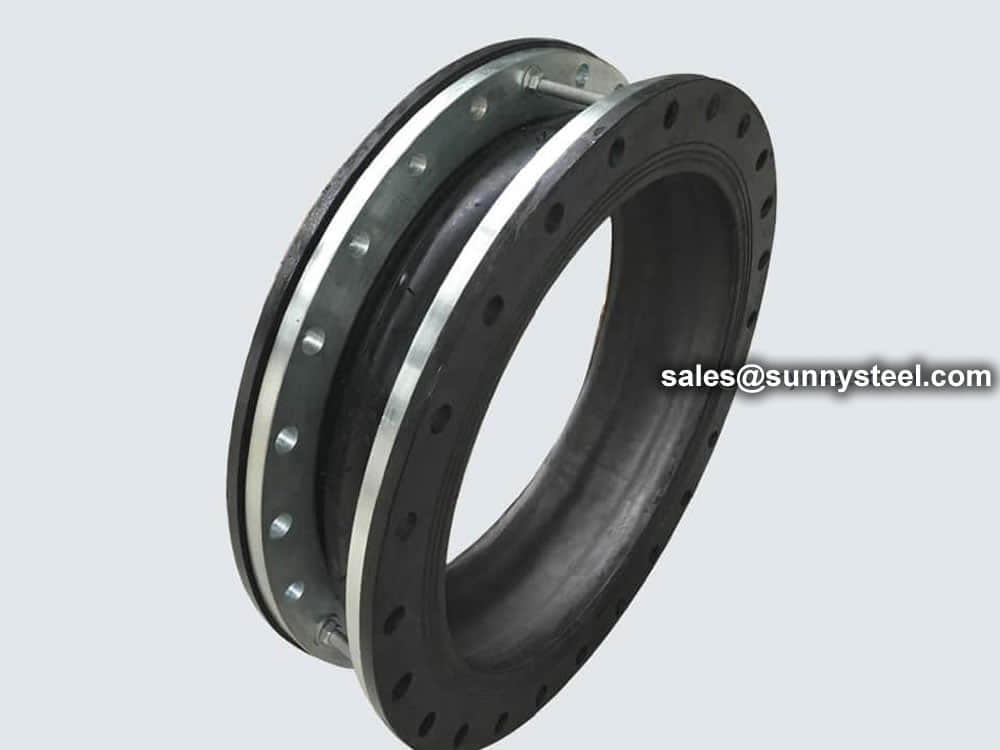It combines the mechanical extensibility of the metal expander and the multi-displacement function of the flexible rubber joint.
It is not only mechanically expandable for installation and dismantling but also compensates for changes in the temperature of the pipe during operation Linear expansion and contraction as well as compensate for the ground settlement caused by the pipeline center of gravity and other causes of angular deviation, but also to eliminate vibration and noise transmission, is a versatile pipe compensator.
How to install the flexible rubber soft joint correctly?
- When the rubber soft joint is used near the inlet and outlet of the water (oil) pump or when it is used under frequent start and stop, in order to reduce the excessive stretching and shrinking of the rubber joint, the damage to the pump and the pipeline should install flange bit switch device on both sides .
- When installing and using large-caliber flexible rubber joints, in order to facilitate installation and reduce labor intensity, a short pipe of appropriate length should be made at one end of the flange. After the rubber joint is connected with the short pipe and the other end of the pipe. , And then weld the short tube with the long tube at the opposite end.
- In order to facilitate the axial error caused by the welding deformation of the short pipe, the flanges on both sides of the pipeline should be temporarily welded with round steel or other metal objects of corresponding strength before welding. So that a rigid body is formed at the connection between the rubber joint and the flange. After the short pipe is welded, remove the welding material so that the rubber joint is in a natural state after installation.
- When performing temporary welding of the metal connection and the flange, remember to cover the rubber joint at the welding place with a mask to prevent the sphere from being burnt during welding.

